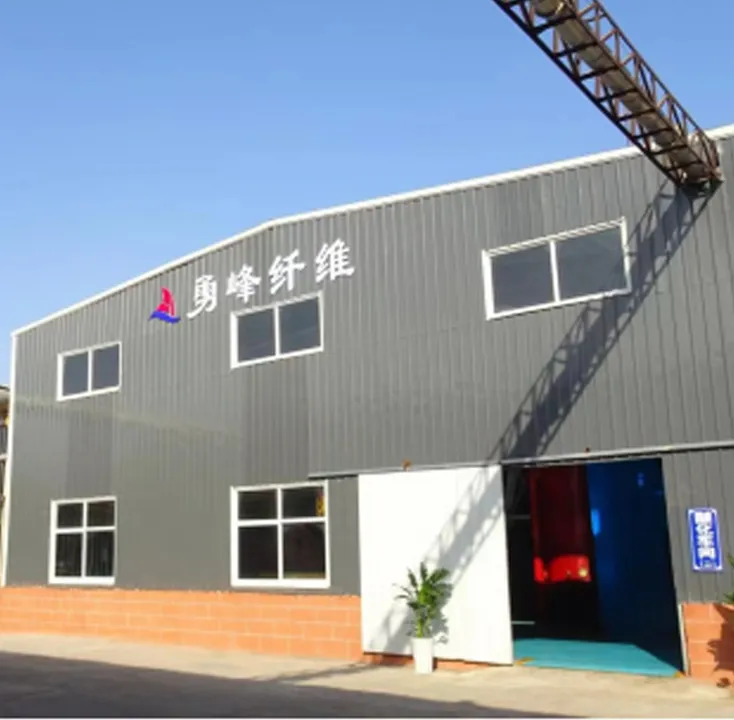Understanding HPMC A Versatile Chemical Compound
Hydroxypropyl Methylcellulose (HPMC) is a non-ionic cellulose ether that has found extensive applications across various industries due to its unique properties. Derived from cellulose, HPMC plays a crucial role in the formulation of numerous products, including pharmaceuticals, foodstuffs, cosmetics, and construction materials. This article will explore the chemical characteristics, applications, and benefits of HPMC, demonstrating its importance in both industrial and everyday uses.
Chemical Structure and Properties
HPMC is produced by the conversion of cellulose, a natural polymer found in the cell walls of plants, through a process that involves methylation and hydroxypropylation. The chemical structure of HPMC consists of a linear chain of glucose units, which are etherified with methoxy and hydroxypropoxy groups. This structure provides HPMC with its amphiphilic nature, allowing it to dissolve in both aqueous and organic solvents.
One of the most notable properties of HPMC is its ability to form gels and films. This makes it an ideal candidate for various applications where stability and binding are essential. Additionally, HPMC is known for its excellent thickening, emulsifying, and dispersing qualities, increasing its utility in many formulations. It is also non-toxic and biodegradable, making it safer for both consumers and the environment.
Applications of HPMC
1. Pharmaceutical Industry HPMC is widely used in the pharmaceutical sector as a binder, thickener, and disintegrant in tablet formulations. It helps in controlling the release of active pharmaceutical ingredients, leading to improved bioavailability. HPMC capsules are also gaining popularity as a vegetarian alternative to gelatin capsules due to their inert nature and compatibility with various formulations.
2. Food Industry In the food sector, HPMC serves as a food additive, primarily acting as a thickener, emulsifier, and stabilizer in a variety of products ranging from sauces and dressings to ice creams and baked goods. Its ability to retain moisture helps in extending the shelf life of perishable goods, enhancing the overall consumer experience.
hpmc chemical

3. Cosmetics and Personal Care The cosmetic industry benefits from HPMC due to its film-forming properties, which are crucial in products such as lotions, creams, and shampoos. It provides a smooth texture, improves spreadability, and helps in keeping formulations stable over time.
4. Construction and Building Materials In the construction industry, HPMC is used as a crucial additive in tile adhesives, caulks, and joint compounds. Its water retention properties ensure adequate working time during application, while its thickening ability enhances the consistency and performance of the products.
5. Agriculture HPMC is also finding its way into agricultural applications, serving as a soil conditioner and a biodegradable alternative in controlled-release fertilizers. Its ability to improve soil structure and water retention can enhance crop yield and sustainability.
Benefits of HPMC
The advantages of using HPMC in various applications are manifold. Its biocompatibility and non-toxic nature make it a safe choice for consumers. Moreover, HPMC is versatile in terms of viscosity and solubility, allowing formulators to tailor products to meet specific performance criteria. Its effectiveness as a stabilizer and emulsifier enhances the sensory attributes and physical stability of formulations.
Another key benefit is its eco-friendliness. As a biodegradable polymer, HPMC offers a sustainable alternative to synthetic polymers, aligning with the growing consumer demand for environmentally friendly products. Companies that incorporate HPMC into their products can market them as sustainable, appealing to eco-conscious consumers.
Conclusion
In summary, Hydroxypropyl Methylcellulose (HPMC) is a crucial chemical compound that demonstrates versatility across multiple industries. Its unique chemical properties and broad range of applications in pharmaceuticals, food, cosmetics, construction, and agriculture make it an indispensable ingredient. As industries continue to evolve and seek sustainable alternatives, HPMC's importance is likely to grow, reinforcing its position as a vital component in modern formulations. With its performance benefits and eco-friendly profile, HPMC will remain a preferred choice for manufacturers and consumers alike.
-
The Application and Significance of Construction RdpNewsMay.19,2025
-
Industrial Grade HpmcNewsMay.19,2025
-
Building Coating Adhesive Building Coating Adhesive HpmcNewsMay.19,2025
-
Application Of Hpmc For Detergent For Detergent In DetergentsNewsMay.19,2025
-
Application Of Hpmc Cellulose In Cement-Based MaterialsNewsMay.19,2025
-
Application Of High Quality Hpmc For Construction In The Field Of ConstructionNewsMay.19,2025




